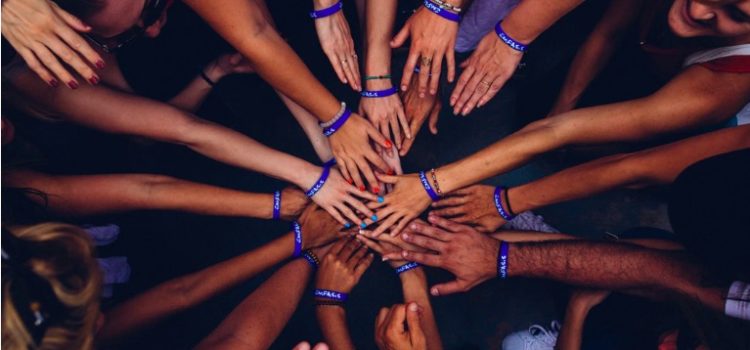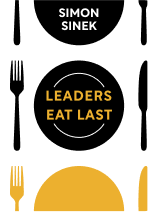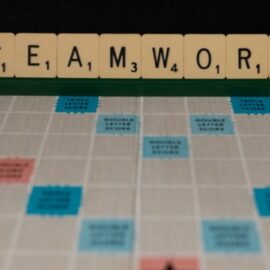

This article is an excerpt from the Shortform book guide to "Leaders Eat Last" by Simon Sinek. Shortform has the world's best summaries and analyses of books you should be reading.
Like this article? Sign up for a free trial here .
Why is empathy important in the workplace? What can you, as a leader, do to foster empathy in your organization?
According to Simon Sinek, empathy is the foundation of collaboration and innovation. When you lead with empathy, you make your subordinates feel safe. Sinek says that this is because empathy releases oxytocin—the neurochemical that controls feelings of trust, belonging, and happiness. When employees feel safe, they will behave empathetically towards colleagues, which facilitates collaboration and inspires innovation.
Here’s how empathy drives collaboration and innovation, according to Sinek.
Oxytocin Encourages Empathetic Leadership
According to Simon Sinek, empathy produces oxytocin. When you behave empathetically by forming connections and collaborating with others, or by prioritizing other people’s needs, oxytocin provides a burst of happiness and trust. This makes you feel safe and content, which encourages you to further engage in these behaviors.
According to Simon Sinek, oxytocin affects the person being treated empathetically as well as the person behaving empathetically, Sinek says. In other words, when you prioritize your subordinates’ needs, it encourages both you and your subordinates to form connections and be empathetic. Thus, a single person behaving empathetically creates a chain reaction of oxytocin release and empathetic behavior. Over time, this empathetic behavior spreads rapidly through your group, helping your subordinates form trusting connections with each other and encouraging collaboration and innovation.
(Shortform note: Sinek’s chain reaction of oxytocin is one possible form of a more general biological process: emotional contagion. Experts say that when you interact with another person, you automatically mimic their facial expressions, body language, and tone, all of which demonstrate their current emotions. This act of mimicry influences your brain to produce the same emotion as the other person. Thus, as a leader, display and encourage positive emotions like empathy so they’ll spread throughout your group, rather than negative emotions like frustration or resentment.)
Oxytocin Takes Time to Build
Your brain produces oxytocin slowly, Sinek says. Rather than being produced in a single, large dose, it builds over time, and people’s empathy increases accordingly. This can be discouraging for leaders because it means supportive environments (and their greater collaboration and innovation) take time to form and become profitable.
Oxytocin’s slow building is an evolutionary defense mechanism, Sinek says. For early humanity, trusting the wrong person could result in their death. So, humans evolved to take their time when forming connections, giving them the chance to determine whether the people around them were trustworthy. For this reason, as a leader, be patient and consistently prioritize your subordinates’ needs: You’ll prove yourself trustworthy over time and your subordinates will start innovating and collaborating.

———End of Preview———
Like what you just read? Read the rest of the world's best book summary and analysis of Simon Sinek's "Leaders Eat Last" at Shortform .
Here's what you'll find in our full Leaders Eat Last summary :
- Why a leader must prioritize her subordinates’ needs above her own
- How empathy and support can be strong managerial tools
- Why you must see your customers, suppliers, and employees as people






